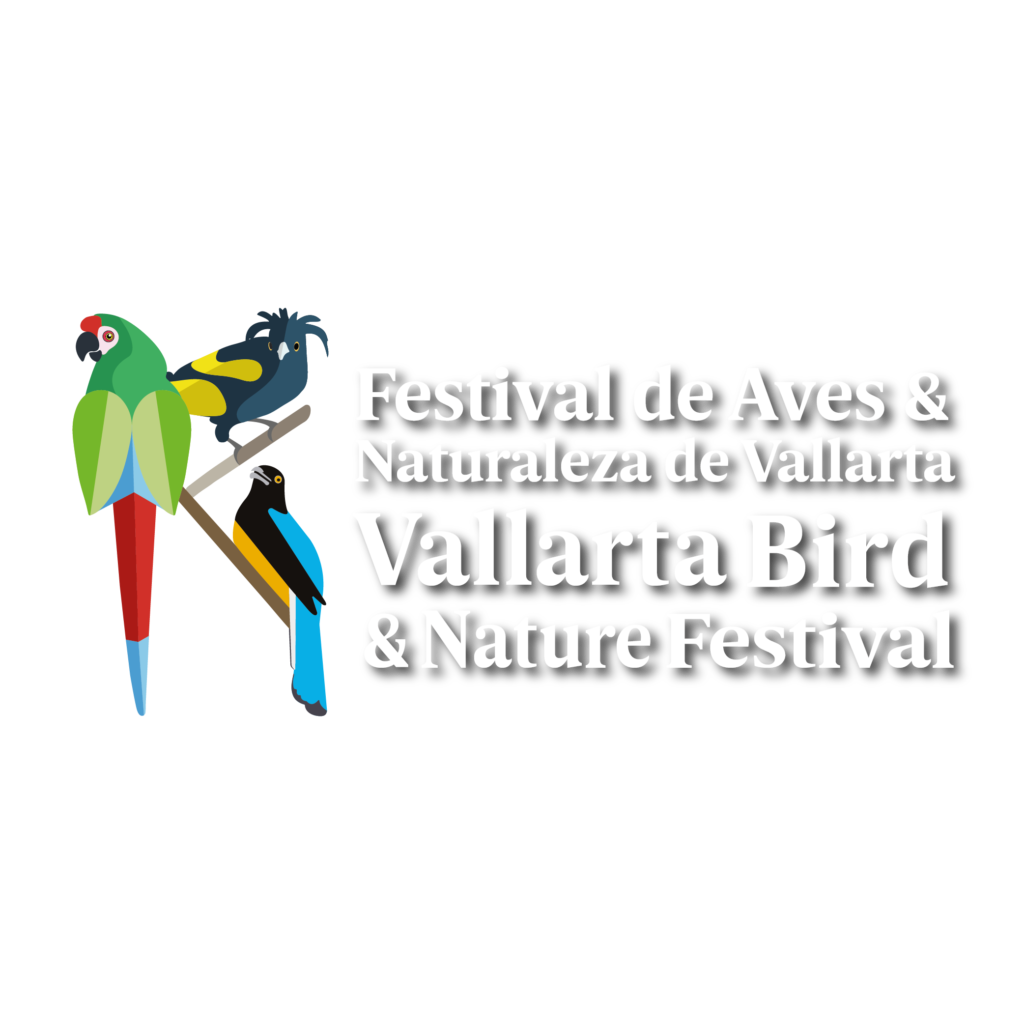
Highlights:
A prime birding spot and complex coastal ecosystem, the Ameca River forms the boundary between the states of Jalisco and Nayarit on its way to the Pacific Ocean, where it drains into the Bahía de Banderas. It is well known for the migrants it attracts and the many shorebirds that use the beach year round, and for nesting in summer months. Nests for the endangered Least Tern, and American Oystercatcher have been documented here. Following arrival in the parking area you will walk the sandy beach scanning for shore birds, peeps (sandpipers) and waders like curlews. We will also scan the vegetation for raptors, migrant warblers and flycatchers. The tidal and freshwater wetlands often have Limpkins, Roseate Spoonbills, night herons, ibis, Black-necked Stilts, and sometimes a crocodile. You can see Fidler Crabs feeding and excavating here in the sand. This area is home to a community of fishermen and beach-front family run Mexican restaurants. The beachfront offers a panoramic view towards the south of Banderas Bay and Cabo Corrientes.
Itinerary: Depart the Hyatt Ziva at 7 am







